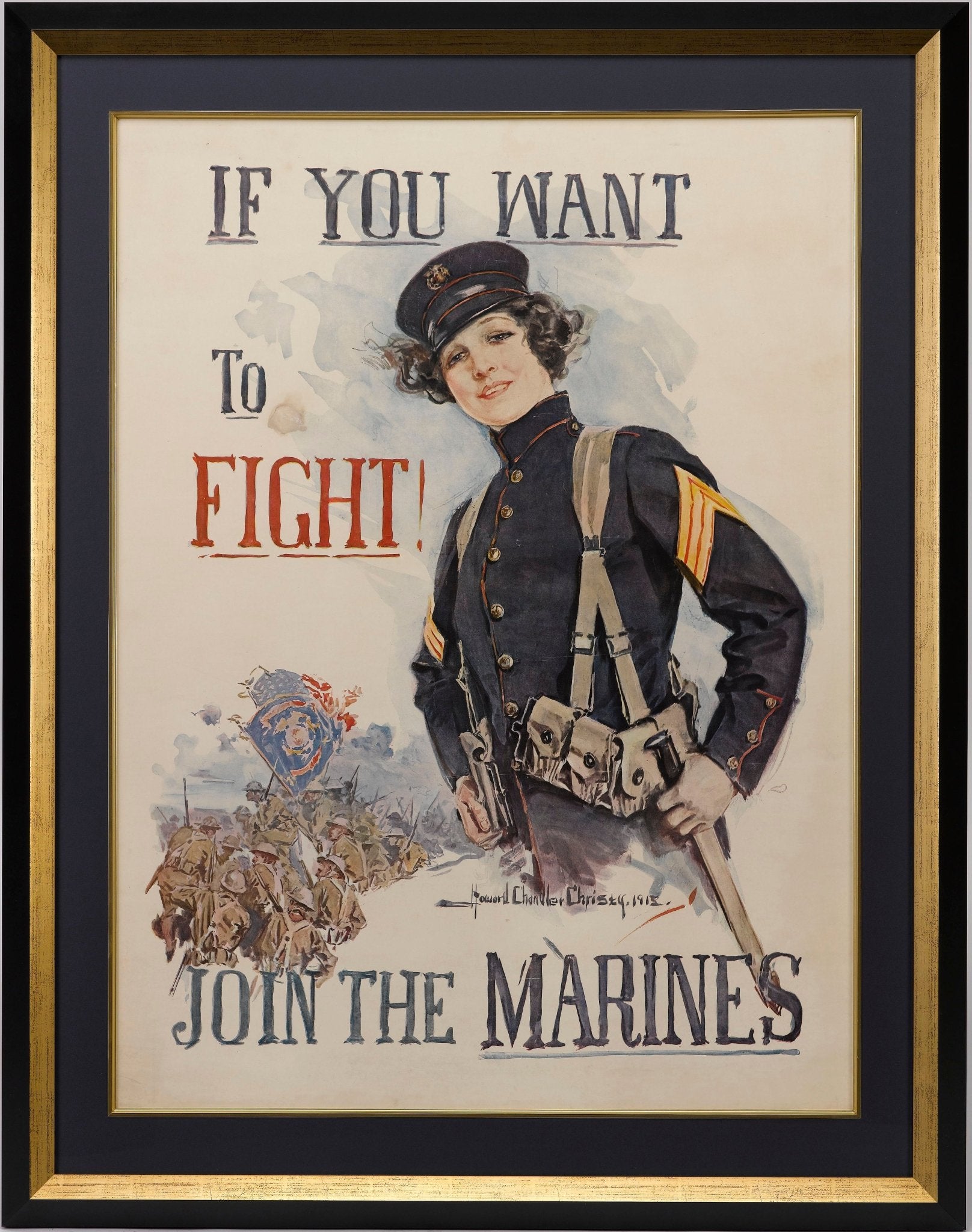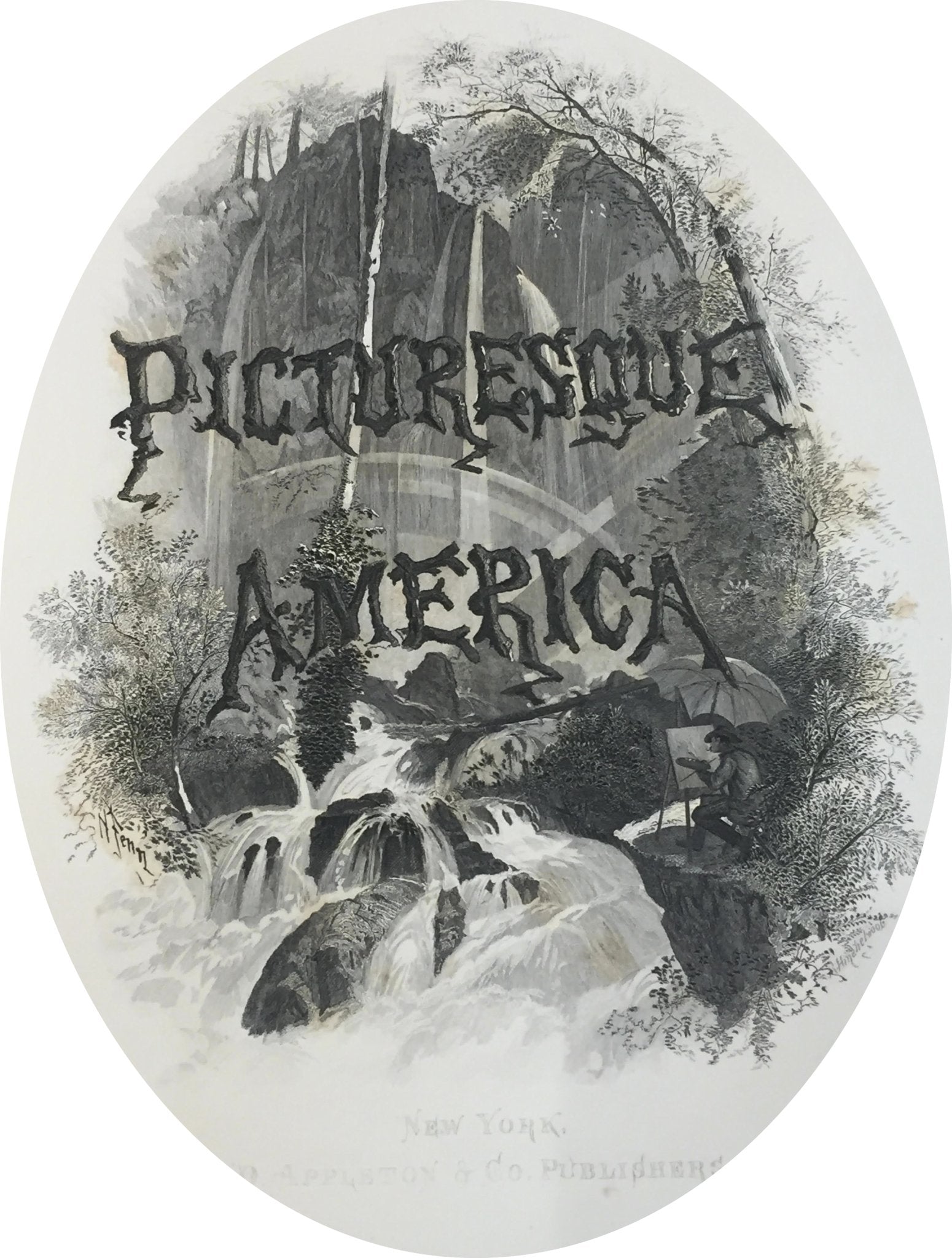An Artist to Know: Haskell Coffin
William “Haskell” Coffin, produced some of the most admired American female portraiture of the 20th century. His beloved style and “Coffin Girls” could be found on calendars, sheet music, magazines, and more famously on posters. Works such as his WWI poster, Joan of Arc Saved France, showcase his particular style, figures, and clientele.
THE ARTIST AND HIS “COFFIN GIRLS”

William Henry “Haskell” Coffin (1878-1941) was a well-known American painter and illustrator in the early 20th century. Born in Charleston, South Carolina, Coffin’s parents moved his family to Washington, D.C. while he was still very young. There, he studied at the Corcoran School of Art in the nation’s capital and had a particular affinity for portraiture. Afterwards, Coffin briefly returned to Charleston to earn some money painting portraits of high society women, showcasing his talent. In 1902, he set out for Paris to continue his studies and perfect his oil paintings.
Upon his return to the United States, Coffin quickly gained popularity. His works were exhibited in New York and he found advantageous employment in advertisement. Throughout his career, Coffin’s illustrations featured in magazines such as The Saturday Evening Post, The Redbook, and Cosmopolitan. He soon became known for his depictions of beautiful women both in portraiture and advertisement. The so-called “Coffin Girl” portrayed the epitome of American beauty at the time. More than just their looks, the figures were often painted while making a small, elegant gesture. The minimal movement and graceful expressions added to the overall appeal.
Once World War I broke out, the U.S. government looked for talented artists to design war posters that were attractive, convincing, and drew the viewer’s eye. Coffin’s style and tasteful depictions of beautiful women made him a perfect candidate. Commissioned by the U.S. Treasury Department, Coffin’s Joan of Arc Saved France wonderfully demonstrates much of the artist’s iconic style.
JOAN OF ARC SAVED FRANCE: A PERFECT EXAMPLE
Published in 1917-1918, Joan of Arc calls upon the viewer to support her country and purchase war savings stamps. The offset lithograph features Coffin’s portrayal of the well-known historical figure that fought for her country in the 15th century.
A simple blue background with a single beam of light shining down on Joan of Arc focuses the eye on the portrait. Coffin’s primary subjects were portraits and he intended for the figure to capture attention rather than distracting backgrounds.
Joan of Arc fits Coffin’s typical depiction of women: she is a beautiful young woman, gracefully looking up and into the distance. Her calm facial expression paired with the slight excited smile exudes charm and confidence. The perfect example of America’s idea of beauty in the early 20th century.
Coffin’s female figures often look as if they were just caught while performing a minute movement. This poster’s movement is a bit larger, but still comes across as natural. She holds a sword up in the air with determination, yet it looks weightless. Her face is beautiful and unstrained with the effort.
Coffin was sure to emphasize the reason for the illustration. In the bold section at the bottom, viewers are encouraged to purchase War Savings Stamps, helping to fund the American cause in the First World War. Thanks to encouraging posters such as this one, the War Savings Stamps effort raised over $1 billion for the war. Women on the home front would have been inspired to be like the stunningly depicted Joan of Arc as they stopped to see her calling on them to aid their country as she elegantly raises her sword to the air in a swift, graceful manner.
Haskell Coffin and his “Coffin Girls” were well-recognized across the country. Coffin’s mastery with the paintbrush produced detailed and alluring depictions that were repeatedly commissioned and celebrated in the early 20th century. Despite an early and tragic death in 1941, Coffin’s impact on advertisement and war fundraising proved lasting. His iconic images and stylistic features that earned him his fame can easily be picked out among other contemporary posters. His 1917-1918 Joan of Arc Saved France provides an exquisite example of Coffin’s characteristic illustrations.










